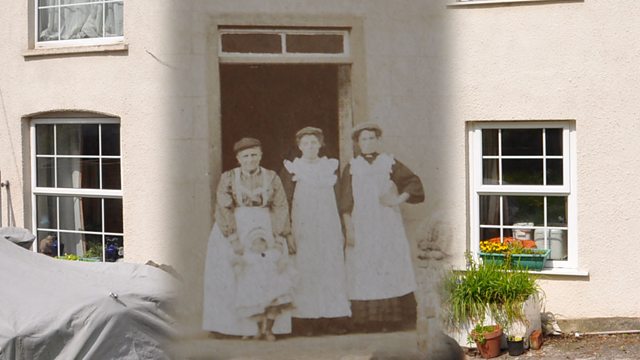St George, Bristol: Lost Horse & Lost Coins
Losing the head of a household, horses and a business for king and country
At the outbreak of World War One, The Marquis of Worcester, as it was known to the locals, was a community hub in St. George. It was a successful family business, which was soon to be shattered by the demands of war-torn Britain.
The Marquis of Worcester was an outside pub, with a billiard room, a bakery and stables for horses that were used for pulling the bakery cart to weddings.
The family and its business took a dramatic turn in 1914, when the head of the family, Edward Weymouth went off to war. The control of affairs in the household transferred to Edward’s wife, and everyone played their part including their four-year-old son Teddy.
Their daughter, Alice took on the bakery, the outside pub and the horses, only for the war to take more away from the family. With the Government looking to buy up any horses to help on the front line it was demanded that Alice gave her horses. In turn she was paid 40 gold sovereigns.
This caused problems for the family with Alice regarding the sovereign as ‘blood money’. In her anger she threw them across the garden. Her younger brother Teddy was so upset at losing the horses, he chased the horses and their riders down Nibblets Hill.
With all the commotion at home everyone forgot about the payment – all apart from Alice’s mother who went around the garden to pick up the gold sovereigns. However only 38 were ever found.
Later, the family learnt they had lost Edward on the front line.
Over the next century the sovereigns have been discovered as curtain weights, in bookshelves, rice puddings and even in the concrete of the guttering. But no matter how many times the front garden was dug up the family never found the two missing sovereigns.
The British Army had 25,000 horses in service at the outbreak of war, and over 100,000 were compulsorily purchased during the second half of 1914. Thereafter, horses were bought using market mechanisms. The UK could not supply all the horses and mules required and large numbers were imported from North and South America, and the Empire. Horses were mainly used for haulage of artillery, ammunition, ambulances, war materiel, food and other supplies, (draught horses), and much less as cavalry (remounts). By the armistice, over 800,000 horses had been supplied to the front, and approximately 500,000 were killed (one horse for every two human casualties).
Location: St George, Bristol BS15 1AF
Image shows the house in St George where the Marquis of Worcester operated
Photographs courtesy of Mary King
Presented by Mary King
Duration:
This clip is from
Featured in...
![]()
The Real War Horses—World War One At Home
The horses that went to war
![]()
�鶹�� Radio Bristol—World War One At Home
Places in Bristol that tell a story of World War One
![]()
Home Front Life—World War One At Home
Everyday life in the towns, villages and countryside
![]()
Animals—World War One At Home
Animals' contribution to the war effort
More clips from World War One At Home
-
![]()
The loss of HMY Iolaire
Duration: 18:52
-
![]()
Scotland, Slamannan and the Argylls
Duration: 07:55
-
![]()
Scotland Museum of Edinburgh mourning dress
Duration: 06:17
-
![]()
Scotland Montrose 'GI Brides'
Duration: 06:41







